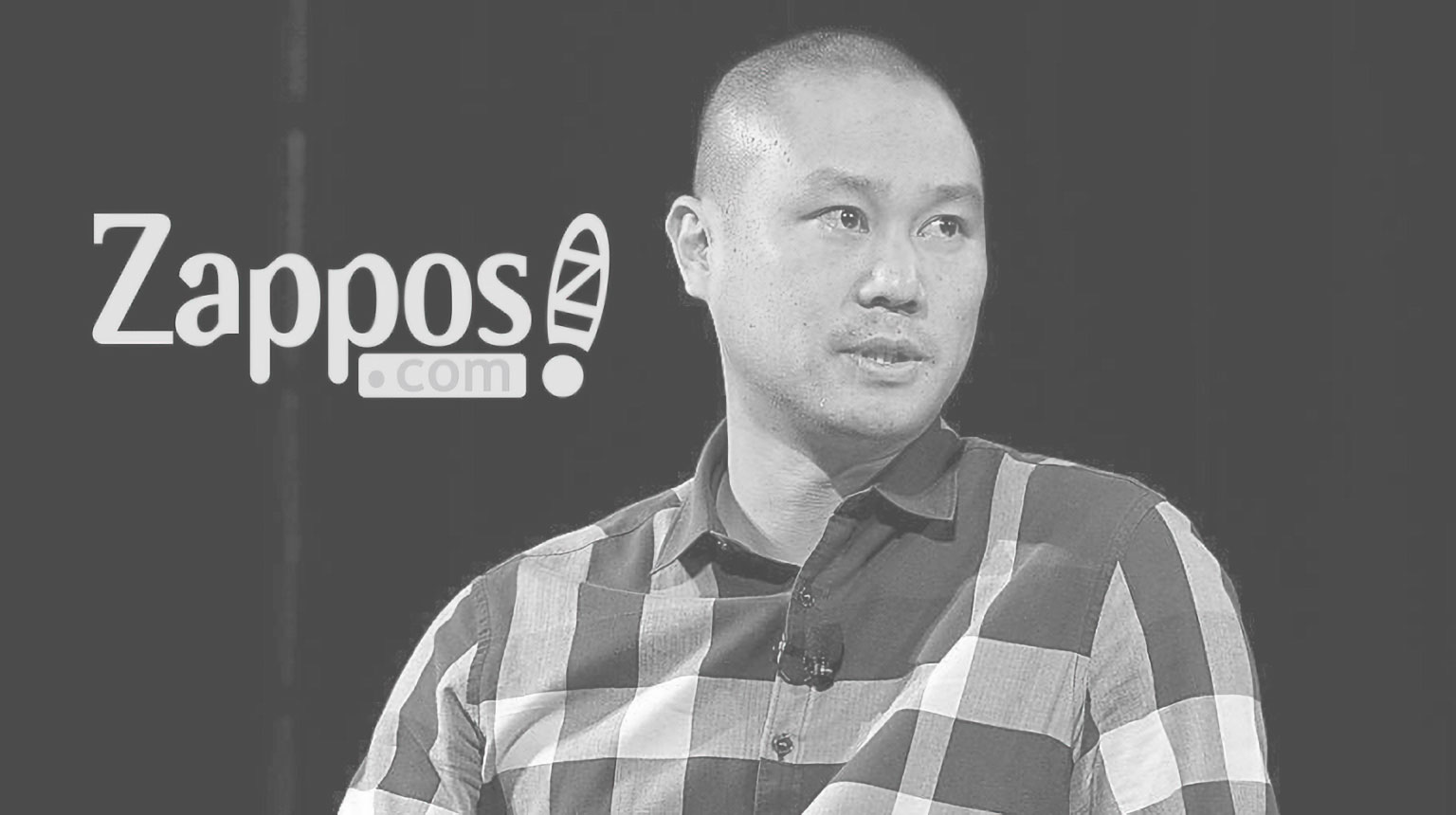Tony Hsieh of Zappos
A Stakeholder Leader
Tony Hsieh, the former CEO of Zappos and legendary Silicon Valley figure, died tragically on November 26 at just 46 years old.
Several news outlets in the last few days have reported on Tony’s reclusive descent into drugs, alcohol, and other dangerous behaviors since leaving Zappos. His death serves as an important reminder that even the most outwardly successful among us may be suffering in private.
In this post, though, we’d like to focus on Tony’s incredible work at the helm of Zappo’s. Because, in many ways, Tony Hsieh exemplified stakeholder leadership—though he probably never used the term.
At its core, stakeholder leadership is about identifying who your stakeholders are, understanding what they want and need, and addressing those needs on the path to profitability.
More often than not, stakeholder leadership ends up being better for the bottom line—but it does require the courage and foresight to expand one’s focus beyond the bottom line.
Tony Hsieh had that courage and foresight in spades.
Tony’s great innovation was in his radical re-imagining of the core identity of his business. Zappos was, on the surface, a shoe company. But Tony didn’t think of Zappos as a shoe company at all. (He famously did not even like shoes, and only owned a few pairs himself.)
Tony described Zappos as a customer service company…that happens to sell shoes. This was more than just a nice slogan—it was a real operating principle.
Some examples of this operating principle in action:
- Zappos was among the first to offer free shipping both ways.
- Zappos does not limit the length of customer service calls.
- Zappos doesn’t use automatons—customers always speak to a human rep, and that human rep never uses a script.
- Zappos gives all customer service reps the authority to accept special returns, offer partial or full refunds, pay for damages, and more.
Zappos became famous for doing the little, unexpected things that put the customer experience over the top:
- They often initiate surprise upgrades to overnight shipping when customers choose the free ground-shipping option.
- If a shoe isn’t in stock, a customer service rep will go to three competitors’ sites to locate the shoe.
- During the coronavirus pandemic, Zappos created an open customer service line having nothing to do with shoe purchases. People could just call to chat…about the weather, about sports, about how they were holding up.
Now, as a shoe company focused on the bottom line, none of these actions make much sense. In fact, many of them, at the time, seemed downright foolish.
For example: Zappos’ returns alone account for a third of their gross revenue. Free returns, it turns out, incur a massive expense.
But the Zappos of Tony Hsieh’s making is not a shoe company focused on the bottom line—it’s a customer service company delivering truly extraordinary customer experiences.
Through that lens, all of those business choices made a good deal of sense. They were in service of the core competency of the business.
And it is has worked for Zappos. The company generates over $2 billion in annual revenue. And they do this while taking care of their stakeholders. Zappos has an astounding 75% customer retention rate.
And while Zappos is famous for customer service, it’s also known for taking care of its other stakeholders, too. Tony was also obsessed with employee satisfaction.
For instance, he instituted a “holocracy” system that did away with hierarchy in favor of employee self-governance. Their employee turnover at call centers is under 40%—compared to the average call center turnover of over 150%.
I think that part of Tony Hsieh’s legacy is in showing that taking care of stakeholders is good for them and its good for business. Investing in their wellbeing may incur short-term costs, but it also leads to long-term profitability and, just as importantly, it makes for a more inspiring company mission.
As we head into 2021, it’s clear that society is fragile. In 2020, we have seen just how tenuous our economy can be. Governments and non-profits are doing what they can—but it isn’t enough to effect change on the scale required.
Business has that power. Business leaders can be a force for change. And if we had more business leaders like the late Tony Hsieh, adopting a stakeholder-first mentality and having the courage to imagine radical new possibilities, the world would certainly be better for it.


